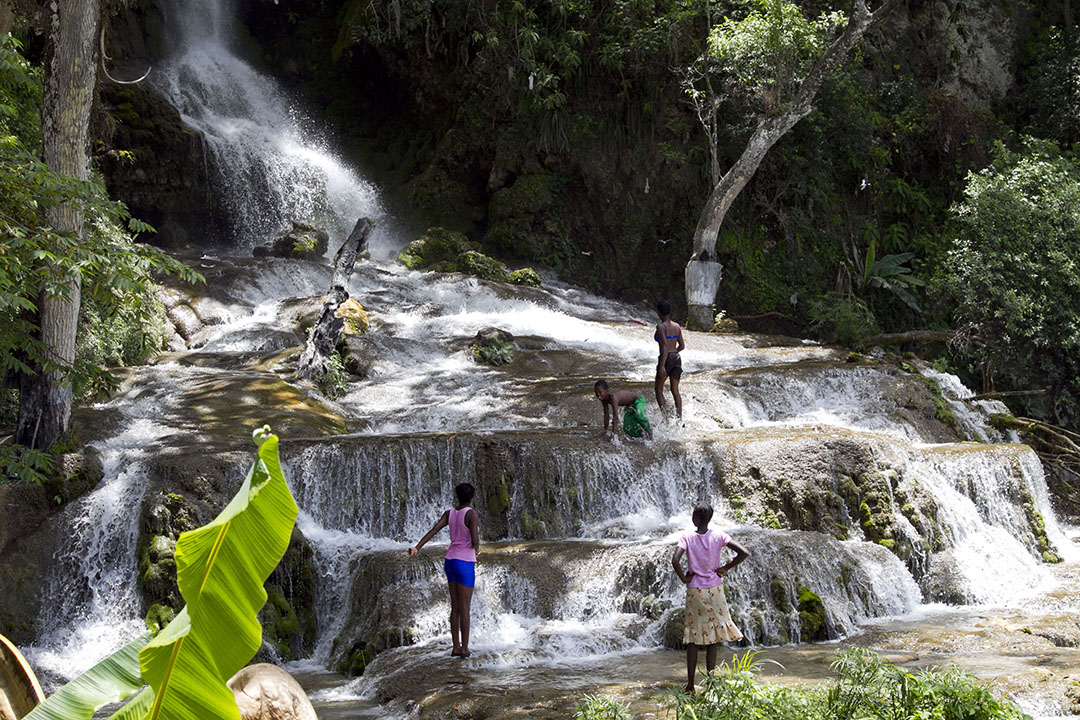Tech
After Thursday’s stunning show, northern lights may be visible again in Wisconsin tonight
Time lapse video: Northern lights near Milwaukee, Wisconsin
See a time lapse video of the northern lights dance across the sky north of Milwaukee, Wisconsin in Bayside on Thursday night.
The northern lights captivated skywatchers across the state Thursday night, and Wisconsinites should be able to catch another glimpse of the colors Friday night.
Following an eruption of solar material earlier Tuesday, the NOAA Space Weather Prediction Center issued a severe geomagnetic storm watch for Thursday through early Saturday. Watches at this level are very rare. Strong geomagnetic storms can impact infrastructure, potentially disrupting communications, the electric power grid, navigation, radio and satellite operation, NOAA says. With these conditions, northern lights could be seen as far south as Alabama and northern California.
Thursday night’s light show was so vibrant that it prompted NOAA to issue a rare G4 geomagnetic storm watch for the second time this year. According to the National Weather Service, cloudier skies Friday night might make viewing the northern lights more difficult than it was Thursday night.
Here’s what to know:
When can I see the northern lights in Wisconsin?
When the northern lights are active, the best time to see them is between 10 p.m. and 2 a.m.
Outside variables, such as weather and the precise trajectory of the solar eruption, which can change during its 93-million-mile journey to Earth, could affect the reliability of the forecast.
For the most up-to-date viewing forecast, you can use the NOAA Aurora forecast tool, which has a 30-minute forecast window. You can check the latest weather forecast via the National Weather Service.
What causes the northern lights?
Also known as aurora borealis, the northern lights are a natural light display in Earth’s sky that is famously best seen in high-latitude regions of the northern and southern hemispheres.
The phenomenon is caused when electrically charged particles from space enter Earth’s atmosphere and collide with molecules and gases like oxygen and nitrogen, causing the atmospheric particles to gain energy. To return to their normal state, the particles release that energy in the form of light, according to the University of Alaska at Fairbanks, Geophysical Institute website, which tracks the phenomenon.
As auroras form, Earth’s magnetic field redirects the particles toward the poles through a process that produces a stunning display of rays, spirals and flickers that has fascinated humans for millennia. Whether hues of green, red, blue and pink dance about in the sky is due to the altitude in which the collisions occur, as well as the composition and density of the atmosphere at the time.
Are northern lights becoming more common?
This isn’t the first time this year people throughout Wisconsin caught a glimpse of the northern lights. In May, a powerful geomagnetic storm unleashed spectacular views of the northern lights in areas of the U.S. where auroras are seldom visible, including here in Milwaukee.
As the sun nears the height of its 11-year cycle in 2025, people across the world can expect more frequent and brighter northern-light activity due to increased electromagnetic activity.
Best places to see the northern lights in Wisconsin
Here’s a list of places in Wisconsin that could offer some of the best views of the night sky:










